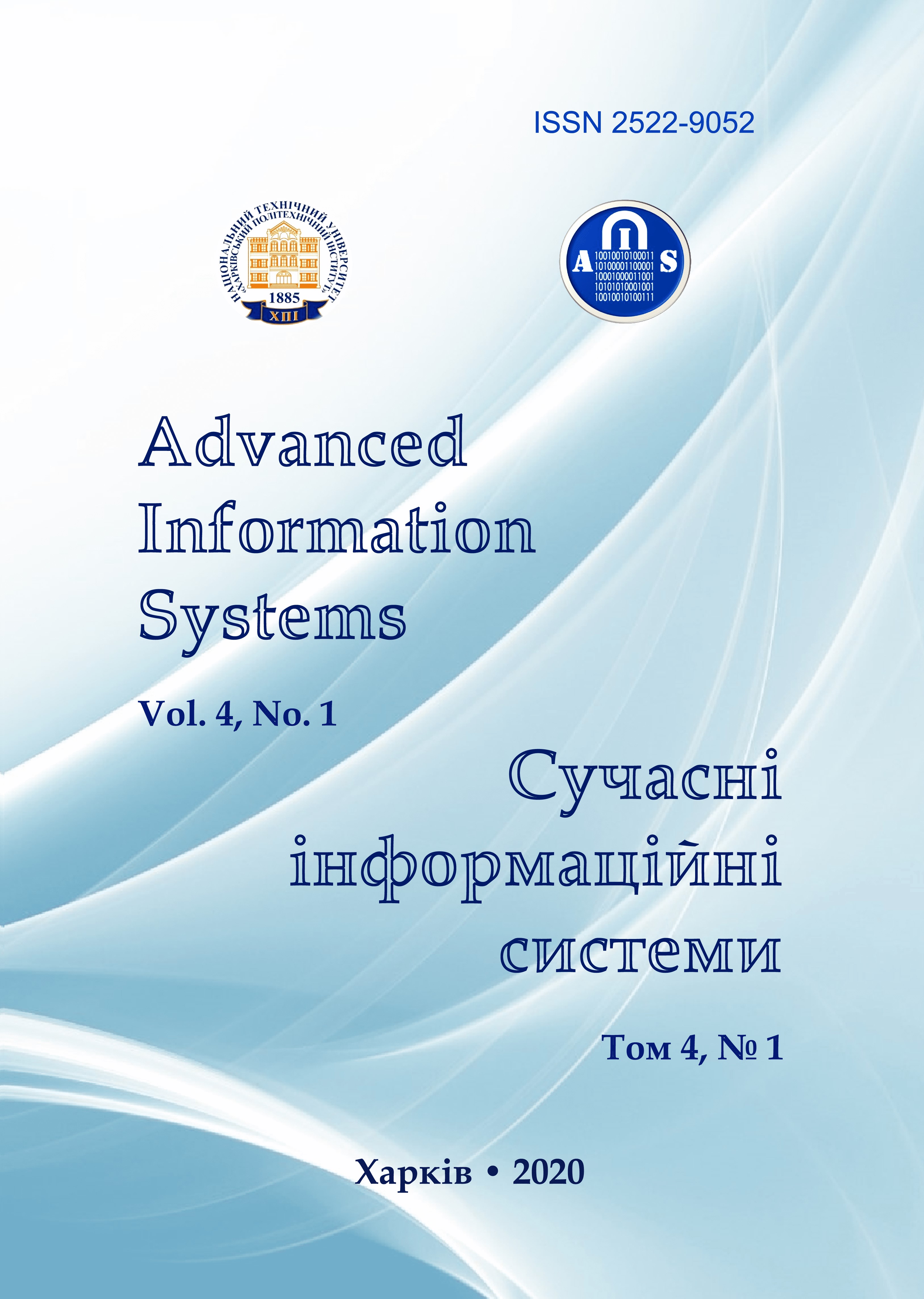METHOD OF ASSESSMENT OF THE EFFICIENCY OF THE COMMUNICATION OF OPERATIONAL TROOP GROUPING SYSTEM
Main Article Content
Abstract
The most distinctive features of military communications systems are the high degree of a priori uncertainty about the operational situation and the small amount of source data for communications planning. In such circumstances, it is important to make the right decision-making appraisal apparatus, which will allow the officials of the system management bodies to be confident in the decisions made. Deciding to build a communications system at any level usually involves defining the purpose of its operation, selecting metrics and justifying the evaluation criteria, synthesizing alternative structures, and finding a rational option for deploying the communications system. The practice of the troops has convincingly shown that in the theory and practice of communications, there is a need to improve the scientific and methodological apparatus, which will meet the current conditions of operation of control systems and provide a more adequate assessment of the effectiveness of deployable communications systems. In this article, the authors propose a method for evaluating the effectiveness of the communication system of the operational troop grouping. The above method is based on the first time use of the communication system accessibility indicator. In the course of this research, the authors used the basic principles of communication theory, noise immunity theory and intelligence. The novelty of the proposed method is that the communication system operational troops grouping are estimated by generalized indicator of availability of channel resources and network communications system of the operational troops grouping. The practical value of the proposed methodology is that the methodology allows for a more accurate assessment of the communications system, the identification of deployment arrangements and measures to improve the effectiveness of the operational troops grouping.
Article Details
References
Shyshatskiy, A.V., Bashkirov, O.M. and Kostina, O.M (2015), “Development of integrated systems and data for Armed Forces”, Arms and military equipment, No 1(5), pp. 35-40.
Korneyko, O.V., Kuvshinov, O.V. and Lezhniuk, O.P. (2010), The basics of the theory of telecomunication, Kyiv, 786 p.
Varakin, L.E. (1970), Theory of complex signals, Radio, Mocsow, 304 p.
Sklyar, B. (2007), Digital communication. Theoretical foundations and practical application, Williams, Moscow, 1104 р.
Zhuk, O.G., Shyshatskiy, A.V., Zhuk, P.V. and Zhyvotovskyi, R.M. (2017), “Methodological substances of management of the radio-resource managing systems of military radio communication”, Information Processing Systems, Vol. 5 (151),
pp. 16-25, DOI: https://doi.org/10.30748/soi.2017.151.02
Shyshatskyi, A.V., Olshanskyi, V.V. and Zhyvotovskyi, R.M. (2016), “Algorithm of the choosing working frequencies for facilities of military radio communication in the conditions of intentional interference”, Systems of armament and military equipment, No. 2, pp. 62-66.
Romanenko, І.О., Shyshatskyi, A.V., Zhyvotovskyi, R.M. and Petruk, S.M. (2017), “The concept of the organization of interaction of elements of military radio communication systems”, Science and Technology of the Air Force of the Armed Forces of Ukraine. No 1, pp. 97-100.
Sоva О.Ya., Romanuk, V.A. Zuk, P.V. and Umanec, Ya.L. (2012), “Synthesis methodology of smart nodes management systems of perspective mobile radio networks with dynamic topology”, Collection of scientific works of HUPS, No 3. pp. 51-60.
Sova, O.Ya., Minochkin, D.A., Romanyuk, V.A. and Zhuk, P.V. (2015), “Model of organization of information resources of intelligent management systems of nodes of mobile radio networks of the class MANET”, Science and Technology of the Air Force of the Armed Forces of Ukraine, No. 2(19). pp. 51-57.
Golubtsov, S.G. and Leonovich G.A. (2009), “Methodology for assessing the effectiveness of the functioning of the field backbone communication network of an association by a comprehensive accessibility indicator”, Science and military security, No. 3. pp. 23-29.
